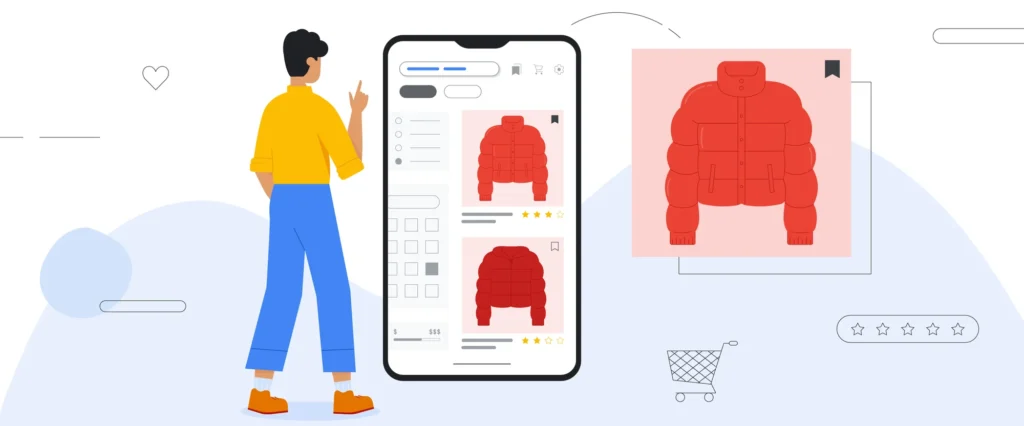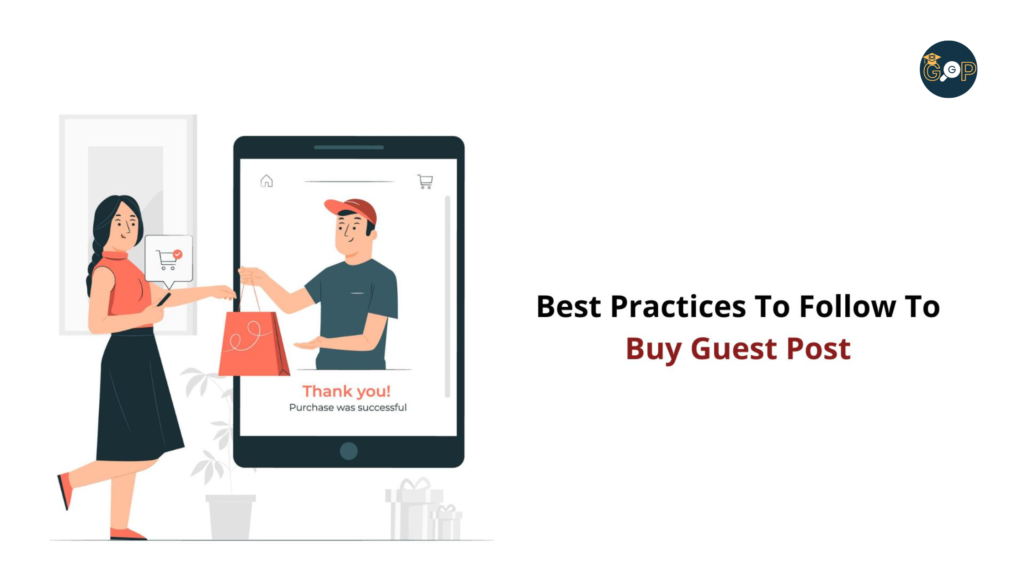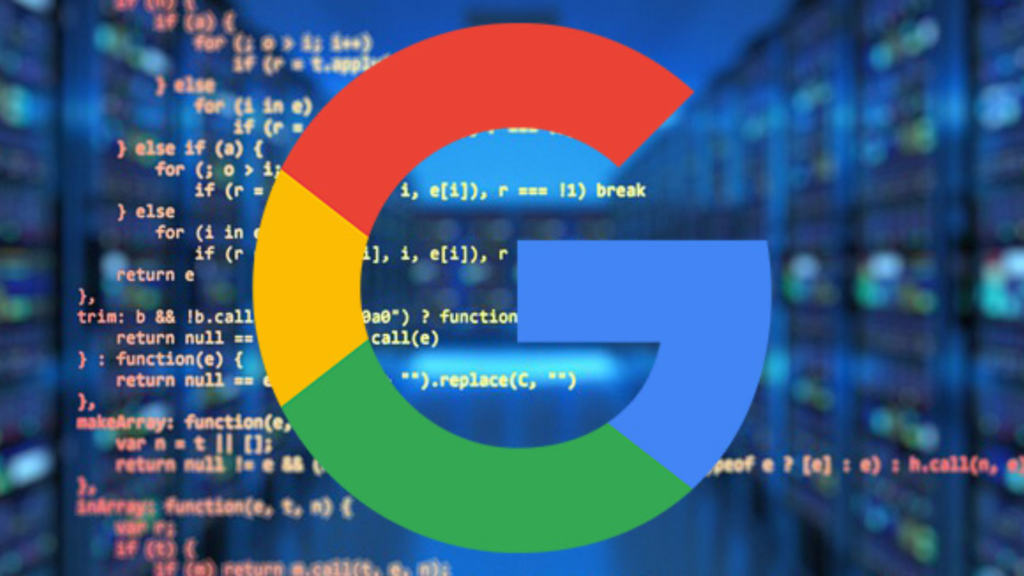Whether you’re a budding e-commerce store craving that first daily victory or a seasoned retailer hungry for 10x growth, Google Shopping holds the potential to catapult your ambitions skyward.
In fact, did you know that 44% of customers visit a search engine before they start online shopping?
Google Shopping is a powerful tool for retail marketers who want to boost their online visibility and sales. It allows you to showcase your products in rich, engaging ads that appear on Google search results, the Shopping tab, and other Google platforms.
But how can you optimise your Google Shopping campaigns to improve your SEO performance? Here are some best strategies to follow.
What Is Google Shopping?
Before diving deep into Google Shopping, let’s get acquainted with its core function: showcasing your products prominently within the Google ecosystem. Think of it as a two-pronged approach:
- Targeted Product Ads: Google Shopping displays paid ads featuring your offerings directly on the Google Search platform. These targeted ads appear when users search for terms related to your products, increasing your chances of reaching potential customers at the prime moment of their buying journey.
- Dedicated Product Placement: Google Shopping also boasts a designated space on the Google Ads platform, primarily integrated within Google Search results pages. This prime real estate presents your products in a visually appealing format, complete with details like price and seller, enabling effortless browsing and comparison for interested shoppers.
- Boost product visibility: Reach a wider audience actively searching for products like yours.
- Drive targeted traffic: Attract qualified leads who are already expressing purchase intent.
- Facilitate informed decisions: Offer key product details and price comparisons to empower informed buying choices.
Prime real estate for Google Shopping ads? Look above traditional text ads. But don’t blink – they occasionally pop up next door too.
For a wider product browse, head to the Shopping tab beneath the search bar, where sponsored listings mingle with organic results.
Forget scrolling through endless text ads! Google Shopping puts your products front and centre, capturing over 76% of retail search ad spend and a whopping 85% of clicks.
That’s because shoppers see vibrant product images, prices, and seller info right on the search results page – no more clicking to learn more.
Think of it as a virtual storefront on Google, attracting ready-to-buy customers with a single click.
Imagine browsing for a new gadget online, seamlessly hopping from product pages to reviews to checkout, all within a few clicks.
Google Shopping ads make this a reality, offering a streamlined path to purchase that sets them apart from traditional text ads.
Instead of just text, Shopping ads showcase enticing product images, eye-catching prices, and even snippets of customer feedback.
This visual appeal and readily available information instantly grab attention and pique interest, making shoppers more likely to click through and potentially buy.
Google Shopping Examples
With a grasp of Google Shopping’s essence and how consumers interact with it, let’s dive deeper into specific Google Shopping Ad examples.
This way, we can see firsthand how businesses utilise this powerful platform to showcase their products and attract potential buyers.
Google Shopping Placements
Reach your target audience across the Google ecosystem! Your ad options include:
- Targeted Search: Put your ads on Google Search results pages, reaching users actively searching for terms relevant to your business.
- Expand Your Reach: Google Search Partners go beyond Google itself, showcasing your ads on trusted partner websites and apps.
- Free Product Visibility: List your products for free on Google Shopping, appearing in product searches and comparison results.
- Engage Audiences: Capture attention on platforms like Gmail, YouTube, and Display Sites, connecting with users in their familiar online spaces.
Benefits of Google Shopping
Beyond enhanced visibility, Google Shopping unlocks additional value for businesses. It helps you reach highly engaged shoppers at the peak of their purchase journey, boosting your chances of connecting with qualified leads primed for conversion.
Buyer Mindset
Savvy online retailers know that reaching consumers with buying intent is the key to unlocking conversions and revenue. Google Shopping campaigns excel at precisely that, turning researchers into buyers with laser-focused product placements.
Here’s why Google Shopping should be your go-to strategy for attracting high-potential customers:
- Directly target in-market shoppers: A whopping 51% of consumers surveyed by Google use the platform to research purchases they’re actively considering. By showcasing your products on these search journeys, you capture valuable attention at the prime decision-making stage.
- Showcase rich product information: Google Shopping ads go beyond text, featuring eye-catching product images, prices, and even merchant ratings. This visual appeal grabs attention and entices clicks, while the detailed information builds trust and reduces purchase hesitation.
- Drive qualified traffic to your website: Unlike generic search ads, Google Shopping leads potential buyers directly to your product pages, significantly reducing purchase friction. This laser focus translates to higher conversion rates and a streamlined shopping experience for your customers.
In short, Google Shopping campaigns bridge the gap between online browsing and buying, transforming window shoppers into engaged customers. By capitalising on this high-intent audience, you can unlock significant sales growth for your online store.
SEO Tip: Optimise your product titles and descriptions with relevant keywords to ensure your ads appear for searches your target audience is likely to make.
Lower CPC
Stretch your ad budget with Google Shopping! Compared to traditional text ads, shopping campaigns boast a 30% lower cost per click on average. That translates to real gains, as shown in the example below.
The shopping campaign delivers not only a cheaper click but also a 40% lower cost per conversion, leading to a significantly higher return on your ad spend. Ready to optimise your budget and boost results? Dive into Google Shopping!”
Vetted Traffic
One of the things I love about Google Shopping campaigns is the laser-focused targeting. Users have already seen your product details and price, meaning they’re already interested enough to click. This pre-qualified traffic translates to higher purchase intent and less bouncing, boosting your campaign ROI.
Let’s see this in action. We ran a test pitting a Google Shopping campaign against a traditional search campaign showcasing only their top sellers. The results? Shopping edged out search significantly.
Google Shopping Best Practices
Eager to unleash the power of Google Shopping for your business? Buckle up, because we’re about to share some crucial best practices to ensure your products dominate the search scene.
E-Commerce Store Checklist
Before diving into Google Shopping ads, we urge you to build a solid foundation for your store. Think of it as the Amazon Prime of conversion! Here are the key ingredients that elevate your website from “meh” to “must-buy”:
- Product Pages that Wow: Captivating titles, crystal-clear descriptions, and easy-to-scan bullet points paint a vivid picture of your offerings. Think informative and tempting!
- Visual Feast: High-quality visuals, whether photos or videos, showcase your products in their best light. Zoom in, zoom out, let customers fall in love!
- Price Transparency: Clear and competitive pricing builds trust. Highlight financing options and enticing discounts to sweeten the deal.
- Social Proof Power: Show off glowing reviews and customer testimonials. Let others do the convincing for you!
- Frictionless Flow: Make shipping, returns, and warranty information readily available. No hidden surprises, just smooth sailing from purchase to happy return (if ever needed).
- Lightning Speed: Nobody likes a sluggish website. Optimise your site for lightning-fast loading, so that “add to cart” clicks happen in a blink.
Mobile-Optimised
In today’s mobile-first world, having a website or app that provides a seamless experience for smartphone users is crucial for businesses. A recent Google study found that a whopping 80% of smartphone users are more likely to make a purchase from a company with a mobile-friendly site or app that helps them easily find the answers they’re looking for.
That’s why it’s essential to ensure your mobile storefront has the right components in the right places to guide customers towards conversions. Let’s take a closer look at Apple’s mobile advertising for their Macbooks as an example.
Apple excels at creating a simple and easy-to-navigate mobile experience. While their site might lack a few elements from my conversion checklist, they nail many key points and effectively convey their brand’s authority within the tech niche.
Here are some of the things Apple does well on mobile:
- Clear and concise product information: Apple’s product pages on mobile are free of clutter and provide all the essential details customers need to make an informed decision.
- High-quality product images and videos: Stunning visuals showcase the Macbooks’ design and features, further captivating the audience.
- Easy access to customer support: Customers can quickly reach Apple’s support team through a variety of channels directly from their mobile devices.
Data Feed & Ad Optimization
Before customers even consider clicking on your Google Shopping ads, there’s crucial groundwork to be laid. This invisible infrastructure sets the stage for your products to shine and ultimately win clicks that lead to conversions. Let’s delve into the essential components that come into play before that all-important click:
- The Data Feed: Your Product Information Lifeline
Imagine a bridge connecting your website to Google Shopping. That’s essentially what your data feed is. It carries all your product details, from titles and descriptions to images, shipping costs, and even tax information. This comprehensive data stream tells Google what you’re selling and how much it costs, making it the backbone of your product listings.
- Uploading to Google Merchant Center: Your Google Shopping Home
Once your data feed is built, it’s time to find its permanent residence in Google Merchant Center. Think of this platform as your dedicated Google Shopping dashboard, where you manage your product listings, categorise them, and optimise your product data for maximum visibility.
- Linking to Your Google Ads Account: Connecting the Dots
Now, let’s bridge the gap between your product information and your advertising efforts. By linking your Google Merchant Center account to your Google Ads account, you establish the crucial connection that allows your product listings to appear in Google Shopping searches.
Why is this foundation so important?
- Accurate and complete data feeds ensure your product listings are relevant to search queries, increasing the chances of targeted clicks.
- High-quality product images grab attention and make your listings stand out in a competitive landscape.
- Seamless integration between your website, Google Merchant Center, and Google Ads streamlines the process, allowing you to focus on optimization and campaign management.
Curiosity flickers when I spot another option’s price tag, my finger gravitating toward the selection to its left. The allure of a potential bargain tugs at my decision, prompting a closer look.
The product title was like a bullseye – it captured my attention immediately and made me click. It promised exactly what I was searching for, no need to wade through generic descriptions.
And the landing page?
Forget cookie-cutter Amazon layouts!
This one had everything I craved: a clear, concise title that mirrored the ad, a high-quality image showcasing the product in all its glory, a detailed description that answered my lingering questions, a smattering of genuine reviews to lend social proof, and a call to action that was impossible to ignore.
It was like the product designer had climbed into my brain and built the perfect landing page just for me.
Campaign Management & Optimization
We believe in diving deep to find the perfect Google Shopping strategy for each client. Our approach often starts with a two-pronged test: a Smart Shopping campaign and a Standard Shopping campaign.
Smart Shopping leverages our optimised data feed and Google’s powerful algorithms for automated bidding. While offering less control, it often outperforms Smart Search campaigns in our experience.
The Standard Shopping campaign, fueled by the same data feed, gives you the reins for manual optimization, but demands more hands-on attention.
We run these campaigns head-to-head for 100-200 clicks, then let the data speak. The underperforming campaign gets paused, leaving the champion to receive a budget boost.
Now, the focus shifts to individual product performance within the winning campaign. Our comprehensive data feed encompasses all your products, but you have complete control over which ones get ad exposure.
Optimization becomes laser-focused, driven by your goals – be it maximising sales, prioritising high-margin products, or striking a perfect balance.
Unlike traditional lead gen, conversion rate isn’t the sole king here. Look at product 16659: its 0.31% conversion rate might have gotten it axed in a search campaign, but not here.
At the campaign level, the average sits at 1.75%, and 16659 shines with a stellar 771.24% return on ad spend ($8,879.47 revenue from just $1,151.33 spent!). It’s a clear keeper, warranting close monitoring for continued success.
On the flip side, product 13314 paints a different picture. $448 spent yielded only $399.99 in revenue, marking it a financial drain. In this case, a swift pause is the right call.
Measuring a Successful Campaign
Making money is music to any business owner’s ears, and successful shopping campaigns are the maestros. But simply throwing money at ads isn’t the recipe for financial harmony. Understanding how to measure your campaign’s performance is the key to hitting the right notes.
Enter return on investment (ROI) and return on ad spend (ROAS), your two trusty tuning forks. While ROI gauges your overall financial health, ROAS focuses specifically on the effectiveness of your advertising efforts.
ROAS 101: Think of it as the efficiency ratio of your ad spending. Simply divide your total revenue by your ad spend, and voila! Anything above 100% means you’re making a profit on your ad investment. Pretty sweet, right?
Campaign Chameleons: But there’s no one-size-fits-all ROAS target. Just like chameleons blend into their surroundings, your ideal ROAS will vary depending on your niche and store. The GREAT Guest Posts typically sees ROAS figures ranging from 200% to a whopping 1,500%!
Profitable Secrets: So, how do you hit those high notes? The secret lies in a well-orchestrated campaign. Start with a beautifully crafted online store, meticulously researched target audience, and an eagle eye for detail. These are the cornerstones of profitable campaigns.
Patience is a Virtue: Don’t get discouraged if your first few months are a break-even symphony. Building a loyal customer base takes time, and the true benefits of your advertising efforts often unfold over the long term. Focus on nurturing those customer relationships, and the profits will follow suit.
Google Shopping SEO Case Study
How we Used Google Shopping for Global Market Expansion: 992% Rise in Organic Conversions
In the dynamic world of e-commerce, the potential to tap into international markets can be a game-changer.
Our client, a renowned e-commerce brand, recognised this potential but needed an established SEO strategy to make it a reality.
The Challenge:
While the brand had a strong domestic presence, international markets remained largely untapped. The goal was clear: leverage Google Shopping to enhance the brand’s online visibility and penetrate global markets.
Our Strategy:
- Market analysis: Identified key international markets with a high potential for the client’s product range.
- New Google Shopping setup and optimisation: We set up the account and built out its product listings, ensuring they were optimised for international audiences, both in terms of language and cultural nuances.
- Optimised product titles, descriptions, and attributes to align with local language and preferences.
- Ensured the client’s product feed was structured and optimised to meet Google Shopping’s requirements and maximise visibility in international markets.
- Ensured the product feed adhered to Google Shopping’s best practices for each target country.
- Local reviews and ratings- Encouraged and managed reviews and ratings on local platforms in target countries to build trust and credibility with international customers.
- Cross-border SEO- Conducted extensive keyword research and on-page SEO optimisations for each target market to improve organic search visibility in addition to paid campaigns.
- Content creation- Created informative content based on the keywords targeted towards major global markets.
- Mobile optimisation- Ensured that the Google Shopping experience was mobile-friendly, catering to the preferences of mobile shoppers in each country.
- Continuous monitoring: Regularly monitored performance metrics, making real-time adjustments to ensure sustained growth.
The Results:
Our SEO strategies successfully leveraged Google Shopping to expand the client’s online presence and tap into international markets. In just over two months (July to September), the results were nothing short of spectacular:
- Clicks showed a growth of over 255%.
- Impressions surged by 203%.
- Organic conversions increased by a whopping 992%.
Final Thoughts
All the above are additional new and free organic traffic, just from Google Shopping. To top it up, we managed to find untapped revenues in new international markets for them too!
Leveraging Google Shopping isn’t just about listing products; it’s about crafting an SEO strategy that resonates with a global audience.
As they say, “Success in e-commerce is not just about being seen, but about being seen by the right people, in the right places, at the right time!”



